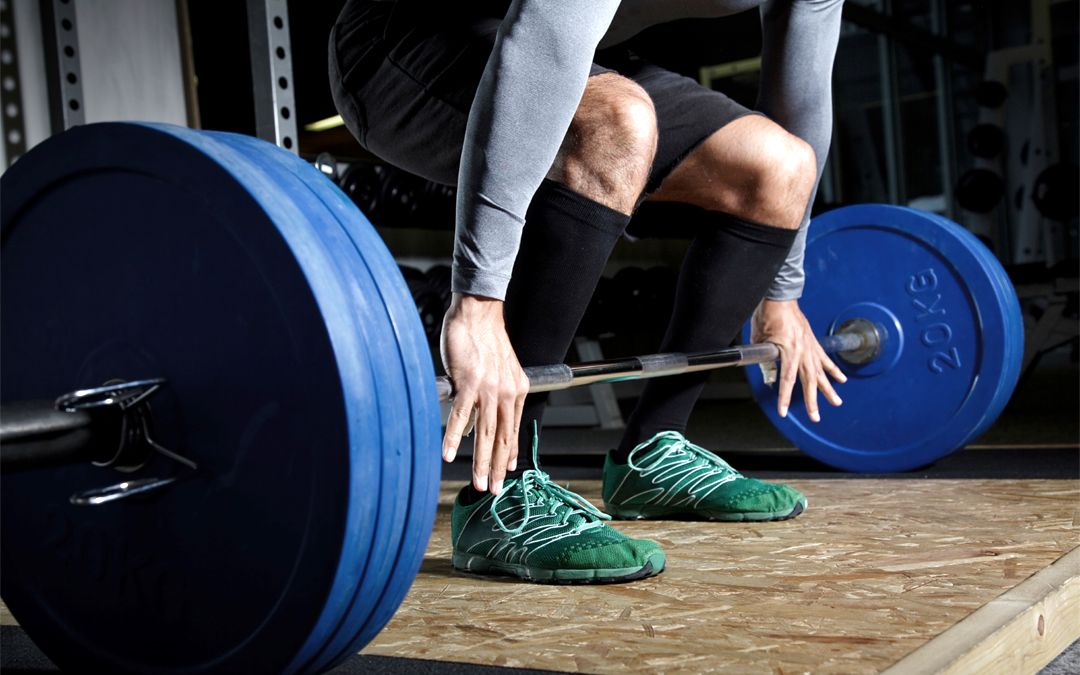
Introduction
Weightlifting is not just a sport; it’s an art where precision and power merge to create remarkable strength. And at the heart of this art lies a critical factor often underestimated: the right pair of weightlifting shoes. While many aspects contribute to an athlete’s performance, the shoes they wear play a pivotal role in their confidence, stability, and overall lifting capabilities. In this comprehensive guide, we’ll delve into the intricate world of weightlifting footwear, exploring not just the top brands and models but also the nuances of choosing the perfect pair tailored to individual needs. Whether you’re a seasoned lifter or just starting your weightlifting journey, understanding the intricacies of weightlifting shoes will empower you to lift with confidence and finesse.
Understanding Foot Types: Flat, Neutral, and High Arches One size doesn’t fit all when it comes to weightlifting shoes. Different foot types require specific support. Individuals with flat feet need shoes with strong arch support, while those with high arches require cushioning and stability. Neutral arches fall somewhere in between, needing a balanced combination of support and flexibility.
Shoe Fit: Length, Width, and Arch Support The fit is paramount. Ill-fitted shoes can lead to discomfort and, more importantly, injuries. Length, width, and proper arch support must align with your foot’s anatomy. Weightlifting shoes should snugly hold the foot, preventing unnecessary movements during lifts.
Material Matters: Leather, Synthetic, or Mesh Uppers The material of the shoe impacts its durability and breathability. Leather offers robustness and stability, synthetic materials enhance flexibility, and mesh uppers provide excellent ventilation, crucial during intense workouts.
Sole Considerations: Flat vs. Heeled Shoes Flat-soled shoes offer a stable base, ideal for powerlifting and squats. On the other hand, heeled shoes, with a raised heel, aid in deeper squats and provide better ankle mobility. The choice depends on your lifting style and personal comfort.
Top Brands and Models
Nike Romaleos: Unparalleled Stability and Support Nike Romaleos are synonymous with stability. Their solid construction and raised heel provide excellent support during lifts. They are favored by many professional weightlifters for their reliability and durability.
Adidas Adipower: Lightweight and Flexible Design Adidas Adipower shoes are known for their lightweight yet robust build. They offer exceptional flexibility, allowing natural foot movements. These shoes are ideal for weightlifters who prefer a balance between stability and agility.
Reebok Legacy Lifter: Optimal Balance and Grip Reebok Legacy Lifters are designed with precision. They offer a perfect balance between stability, comfort, and grip. The secure fit and quality materials make them a go-to choice for lifters who demand perfection.
Inov-8 Fastlift: Versatile Shoes for Cross Training Inov-8 Fastlift shoes are versatile, catering not only to weightlifters but also to cross-training enthusiasts. They offer excellent stability, making them suitable for various exercises. Their lightweight design ensures agility without compromising on support.
Under Armour TriBase Reign: Durable and Comfortable Choice Under Armour TriBase Reign shoes are built for durability. They provide exceptional arch support and cushioning, ensuring a comfortable lifting experience. These shoes are ideal for lifters who focus on endurance and strength training.
Special Features to Look For
Ankle Support and Stability Straps Some weightlifting shoes come with ankle straps that enhance stability. These straps secure the ankle, preventing unnecessary movements. Lifters who struggle with ankle stability find this feature beneficial.
Breathability and Ventilation Technology Proper ventilation is vital to prevent excessive sweating and discomfort. Weightlifting shoes with breathable materials and ventilation technology ensure adequate airflow, keeping the feet dry and odor-free during workouts.
Weightlifting Shoe Durability: Quality vs. Price While it’s tempting to opt for budget-friendly options, investing in high-quality weightlifting shoes pays off in the long run. Durability is key, as weightlifting can subject shoes to significant wear and tear. Shoes made from durable materials may have a higher initial cost but offer longevity and consistent performance.
Impact of Heel Height on Lifting Performance The heel height of weightlifting shoes influences lifting techniques. Higher heels provide better ankle mobility, allowing lifters to achieve deeper squats. However, the ideal heel height varies from person to person, depending on individual flexibility and lifting style.
Maintenance and Care
Cleaning and Storing Weightlifting Shoes Proper maintenance prolongs the lifespan of weightlifting shoes. Cleaning them regularly, especially after intense workouts, prevents the buildup of dirt and odors. Storing them in a cool, dry place away from direct sunlight maintains their shape and integrity.
Replacing Insoles and Straps for Prolonged Use Insoles and straps can wear out over time, affecting the shoe’s comfort and support. Regularly inspect these components and replace them if necessary. Investing in high-quality replacement insoles can significantly enhance the shoe’s overall performance and comfort.
User Reviews and Recommendations
Customer Feedback on Various Brands Real user experiences provide valuable insights. Reading reviews and testimonials from other lifters helps in understanding the practical aspects of different shoe models. Look for reviews that match your lifting style and foot anatomy.
Pros and Cons of Popular Models Every weightlifting shoe model has its strengths and limitations. Analyzing the pros and cons of popular models allows you to make an informed decision. Consider factors such as comfort, durability, and suitability for your specific workouts.
Comparative Analysis
Side-by-Side Comparison of Top Weightlifting Shoes Comparing shoes side by side, evaluating their features, and understanding how they differ can guide your choice. A comparative analysis helps in highlighting the unique aspects of each shoe, aiding you in making a well-informed decision.
Price Range Analysis: Affordable vs. Premium Options Weightlifting shoes come in various price ranges. While premium options offer top-notch features, affordable alternatives can also provide decent performance. Analyzing the price range against the features helps in finding the right balance between budget and quality.
Conclusion
Recap of Key Features to Consider In the vast array of weightlifting shoes, certain features stand out. Recapitulating the key aspects such as fit, material, sole type, and special features reinforces their importance. Understanding these features ensures you make a wise investment in a pair that enhances your lifting experience.
Encouragement for Readers to Make Informed Decisions Choosing the best weightlifting shoes is a significant step toward optimizing your lifting performance. As you venture into this realm of specialized footwear, trust your judgment, and let your comfort and performance be the ultimate guide. By making an informed decision, you not only elevate your lifting game but also invest in your long-term fitness journey. So, step into the world of weightlifting with confidence, knowing that your choice in shoes will power your performance to greater heights.








